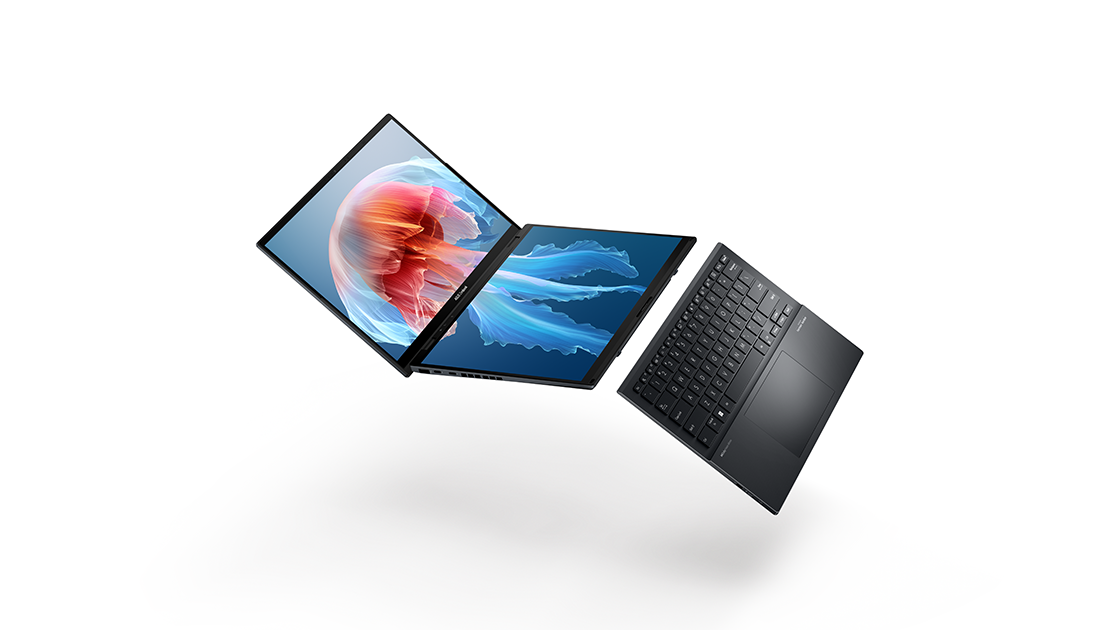
CES 2024 is pumping out a wave of new laptops, CPUs, and exciting tech that we’ll see flow in throughout the year. One of the more exciting ones is the Asus Zenbook Duo UX8406, which sports two OLED screens (one where the keyboard would be) as well as a detachable keyboard.
The Asus Zenbook Duo UX8406 is slated to launch sometime in Q1 2024, which is rather soon, but we don’t have a price point just yet. We imagine it will be ridiculously expensive.
We’re on the scene in Las Vegas to check out the latest tech at this year’s CES 2024 showcase. Be sure to tag along on our CES 2024 journey by following Laptop Mag on TikTok, Twitter/X, Instagram, Flipboard, and Facebook for the most up to date hands-on impressions and news coming from the convention floor.
CES 2024: Asus Zenbook Duo UX8406 specs & features
The Asus Zenbook Duo UX8406 offers varying specs, but overall there is just one model, unlike the rest of the Asus lineup, which offers different sizes and CPU-company alternatives.
You can spec out the Asus Zenbook Duo UX8406 with up to an Intel Core Ultra 9 185H CPU, 32GB of RAM, and a 1TB SSD.
It rocks two 14-inch, 16:10 displays that are clocked at a 120Hz refresh rate and offer 100% DCI-P3 color gamut with up to 500 nits of brightness. The main panel features a 2880 x 1800 resolution, while the bottom offers a 1920 x 1200 resolution.
With the keyboard, the Asus Zenbook Duo UX8406 comes in at 3.6 pounds and 12.3 x 8.5 x 0.8 inches. That’s not terribly big considering all that’s packed into the Zenbook Duo. As far as ports go, you’ll have two Thunderbolt 4 ports, one USB Type-A port, an HDMI 2.1 port, and a headphone jack.
Asus packs in a 75 Wh battery, which is on the larger side, but I don’t imagine you’ll get much battery life out of a machine with two whopping displays. The Asus ZenBook Pro 14 Duo OLED only got 3 hours and 40 minutes of battery life, and that’s with its second screen covering half of the deck.
We’re excited, but we’ll see where this piece of tech lands in the lab.
 notebook.co.id informasi dan review notebook laptop tablet dan pc
notebook.co.id informasi dan review notebook laptop tablet dan pc